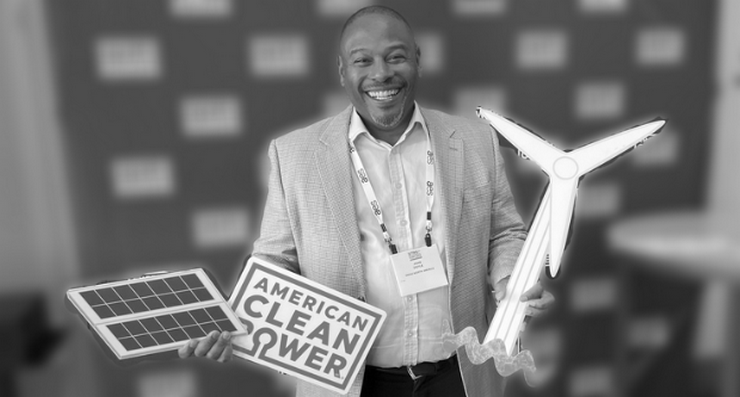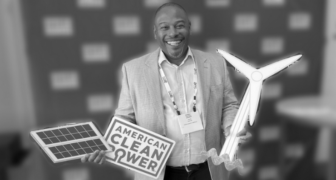
Have you ever asked your children who they are hanging out with? As a parent, you want to know that your children are surrounding themselves with peers that are going to be a positive influence on them. In the case of Pasadena Water & Power (PWP), it is time to examine their peer group and the question, “Why is PWP still a member of the Southern California Public Power Authority (SCPPA)?”
The Southern California Public Power Authority (SCPPA) was established in 1980 to procure and purchase power on a joint-ownership/equity basis for Publicly Owned Utilities (POUs) in SoCal. SCPPA either purchases an energy project and then sells shares of the power to its members (similar to a REIT) and members can own a piece of the project’s cash flows or SCPPA can secure a Power Purchase Agreement with a project with members responsible for an allocated percentage. The raison d’etre of SCPPA is to secure bid proposals from larger projects that their smaller members would otherwise not be able to originate and allow them to aggregate their power demand or pool their capital. Members can purchase power from a project that otherwise would have been too big for them as a standalone. In essence, it was a good idea because most of these POUs were small and it allowed them to get better pricing and/or benefit from economies of scale.
SCPPA aggregated buying power served its members well until 2008, when Governor Schwarzenneger put into law the Renewable Portfolio Standard (RPS) in California where Load Serving Entities in California were made to provide renewable energy within their portfolios. At this pivotal time in California’s clean energy history, Load Serving Entities, such as Pasadena Water & Power a Publicly Owned Utility, and PG&E, an Investor-Owned Utility, had the choice of going one of two ways – get on board with the new regulation or fight it…the POUs decided to fight the new regulation. SCPPA seemed to morph into a support group for POUs to exchange ideas on how to circumvent the new RPS law by claiming they were too small, renewable energy prices were too high and they had coal contracts still outstanding.
Fast forward almost two decades and SCPPA has procured some renewables and the POUs have added some renewables to their portfolio mix. The question is has it been enough? SCPPA members wasted so much time fighting the RPS standards that they missed out on the twenty years that other municipalities in California were educating themselves and trying to figure out how to exceed the RPS requirements by forming Community Choice Aggregators. I vividly remember conversations with leaders of these municipalities saying to me, “You are lucky, Pasadena has its own utility, we have to fight PG&E.” I would respond, “Our utility is stuck back in the ages when Edison first invented the grid.”
The SCPPA peer group has not served us as a community well when it comes to figuring out how it could be possible to achieve a zero carbon reality for three reasons. 1) We spent more time with lawyers and lobbying groups trying to redefine terms like “green” and “carbon neutral” until they lost their meaning similar to Organic in the food industry. Natural gas has lobbied to be included as a “clean energy” because it emits half the carbon-dioxide of coal, similar to calling light ice cream or light cigarettes a healthy choice; 2) SCPPA also allows PWP the ability to sit within a consortium of slackers that point to each other and say “It cannot be done because [Insert SCPPA Member Name Here] is not able to do it or we are doing better than [SCPPA Member] Water & Power; and 3) the ability to say that we own 30% of the output of a 20 Megawatt (MW) solar project, which is only 6 MW of Pasadena’s 300 MW load or in other words, pointing to the lettuce and tomato in a cheeseburger and telling us it is a salad neutral.
Here is a list of PWP ownership in SCPPA power projects.

It is not all doom and gloom. It is never too late to start exercising, eating healthy and getting into shape or even earning a higher degree. Just like most people cannot go out and run a marathon, we as a community have to take back our “publicly” owned utility and start practicing how to incorporate zero-carbon energy into the mix. Just like playing a musical instrument does not happen overnight, we need to practice this skill of managing renewable energy. It is now the cheapest form of energy (Google it if you do not believe me) and we are not doing our community or the environment justice by not procuring low cost renewable energy from the grid with battery storage in every home and business to soak up the sun during the day and use it at night (or sell it back to the grid for profit in the evening).
We can benefit from the knowledge base that comes from actually procuring zero-carbon energy ourselves and not relying on an outside organization like SCPPA to do it for us. We could get public acceptance/buy-in for renewable energy if PWP leadership assured us that it was possible. When JFK wanted to go to the moon and if PWP’s current leadership were head of NASA, they would respond, “Nahhh, it’s too hard and way too expensive. By the way, Azusa Power & Light tried it, and it didn’t work. Stick to Earth!”
John Doyle is a candidate for Pasadena City Council District 4. www.PasadenaSafe.com


















